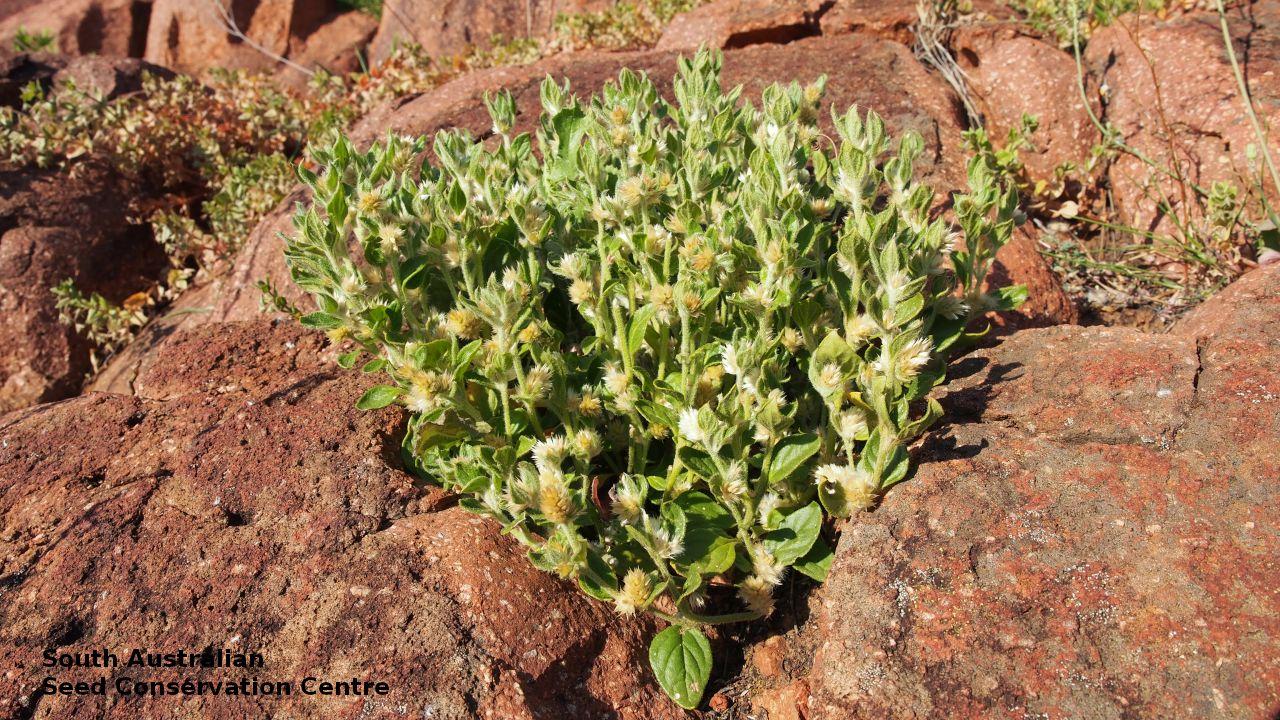
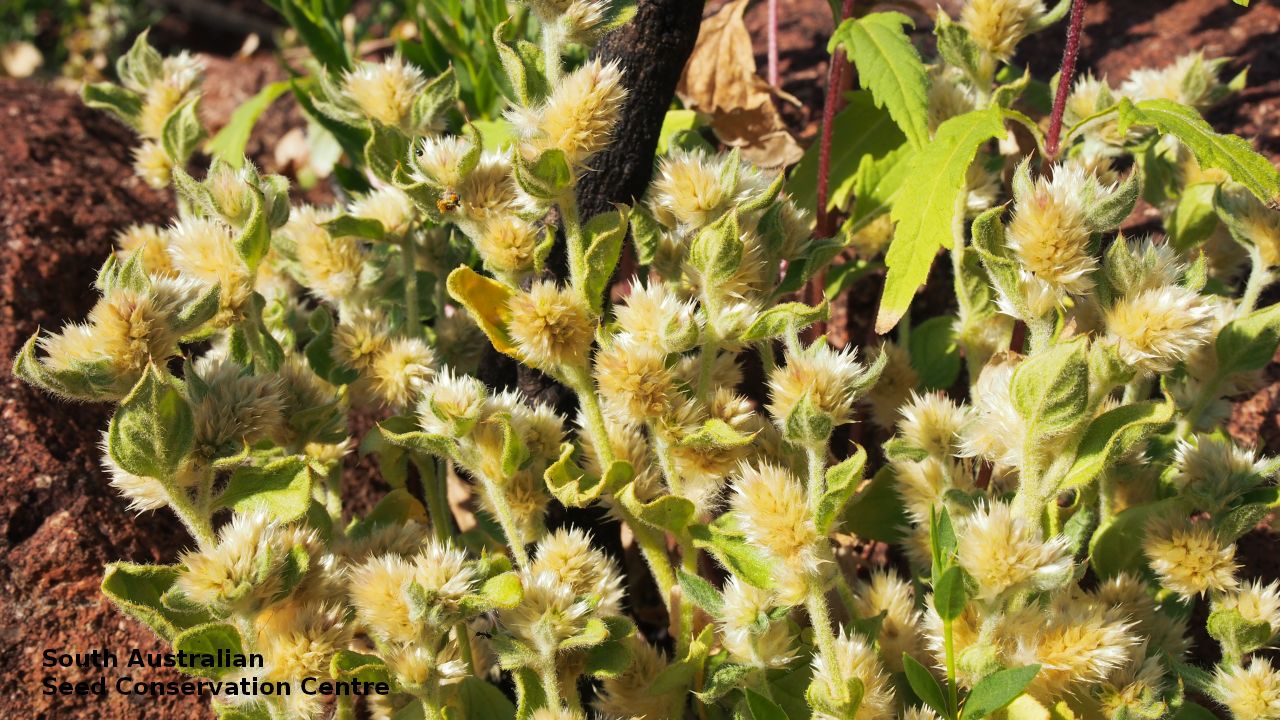
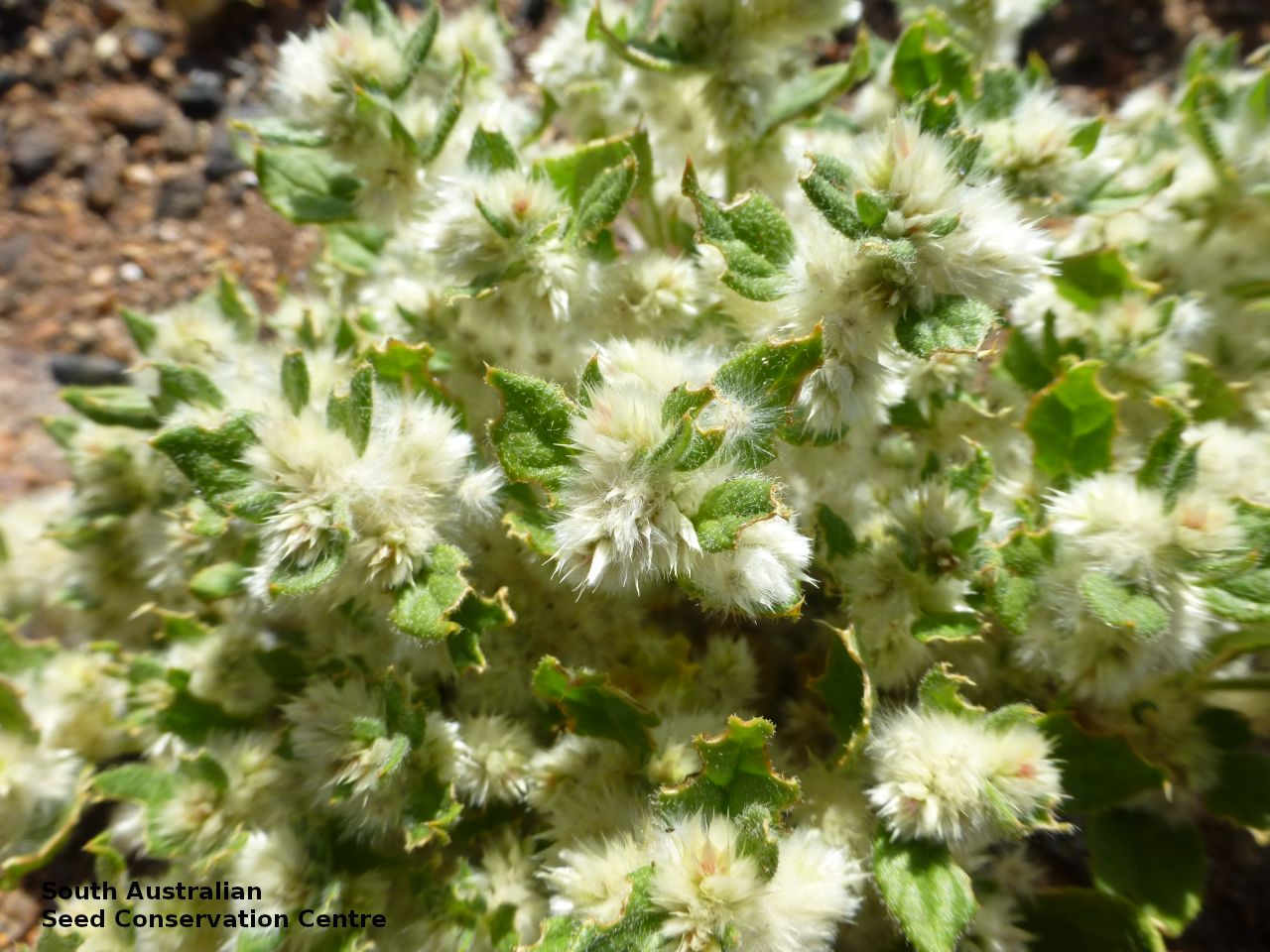
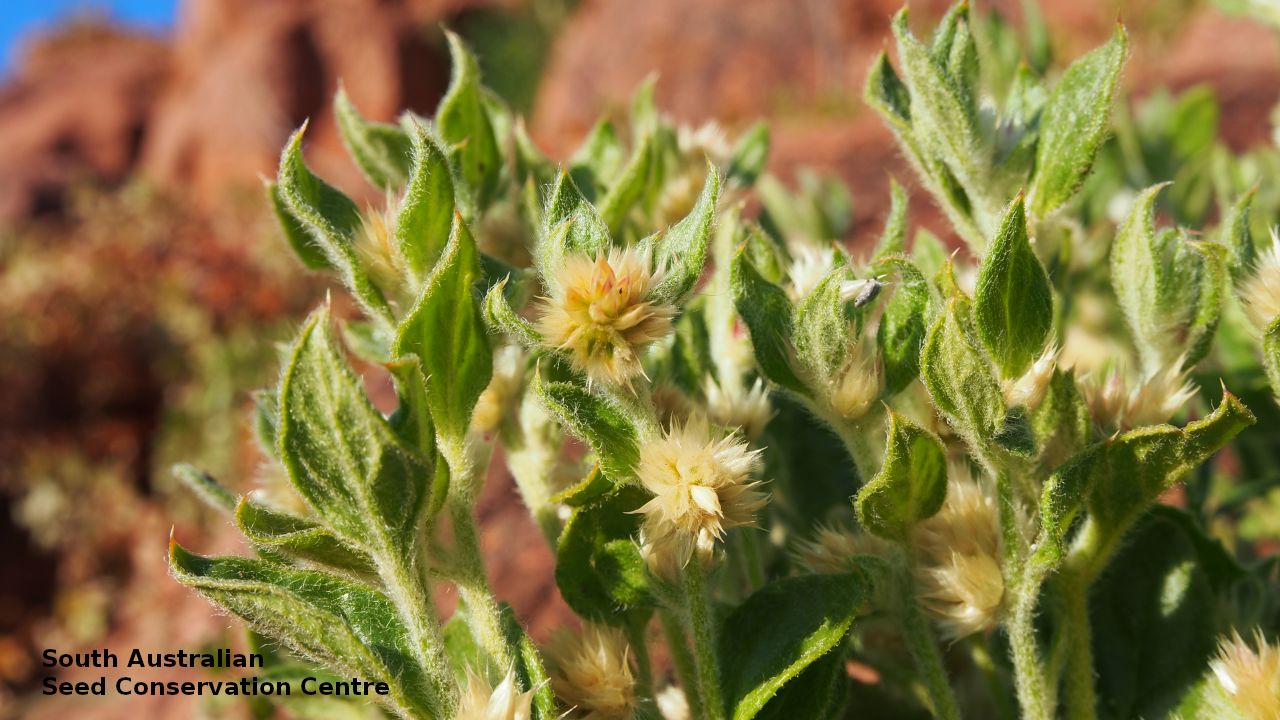
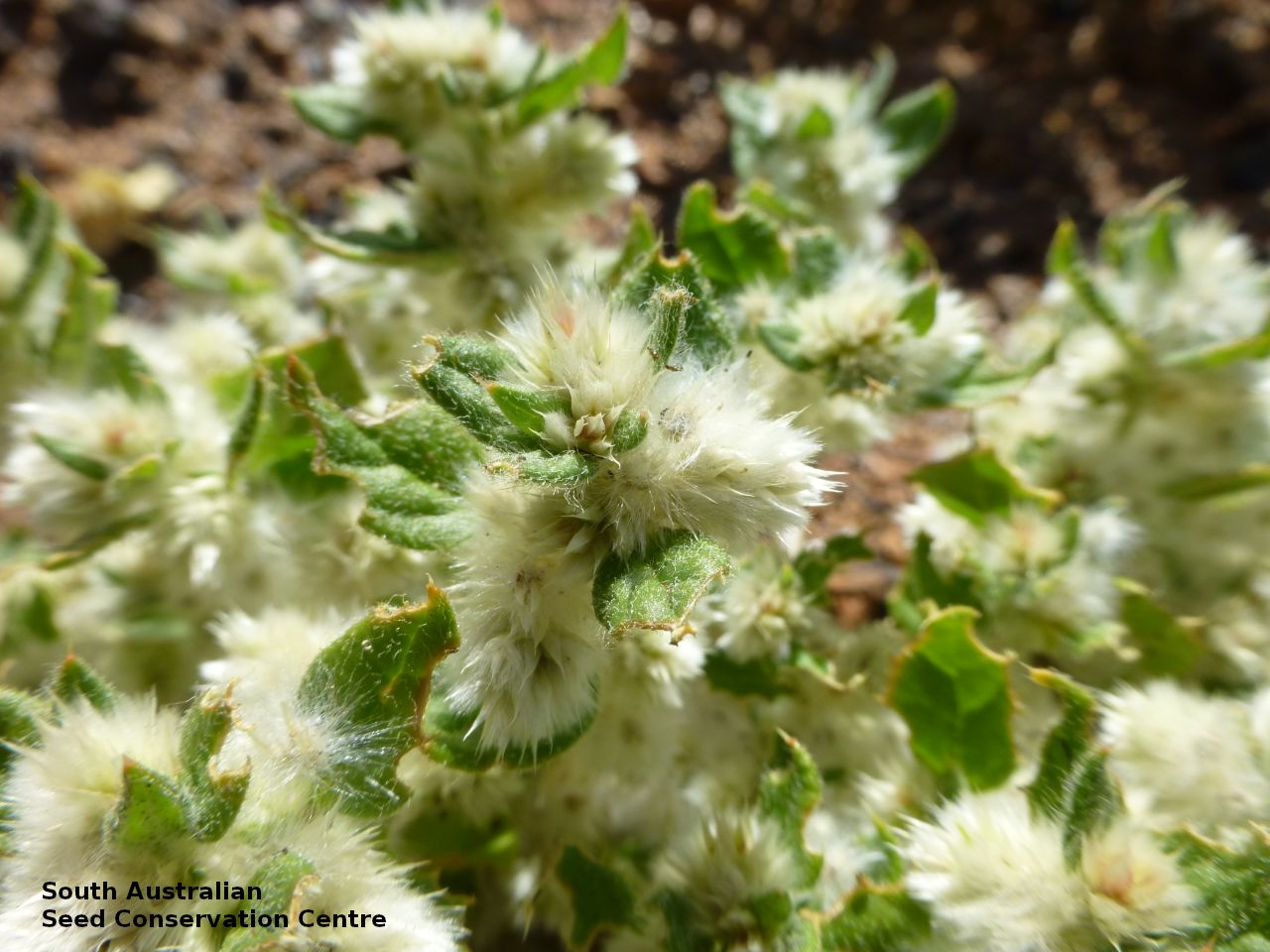
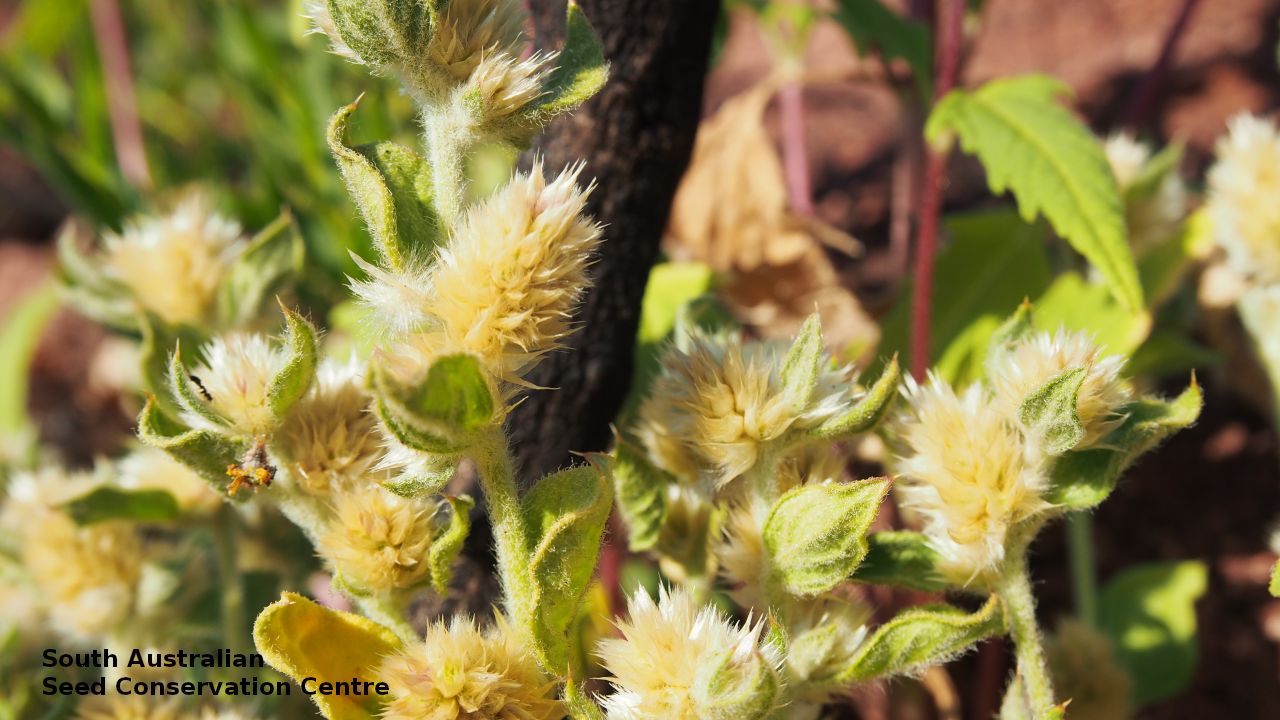
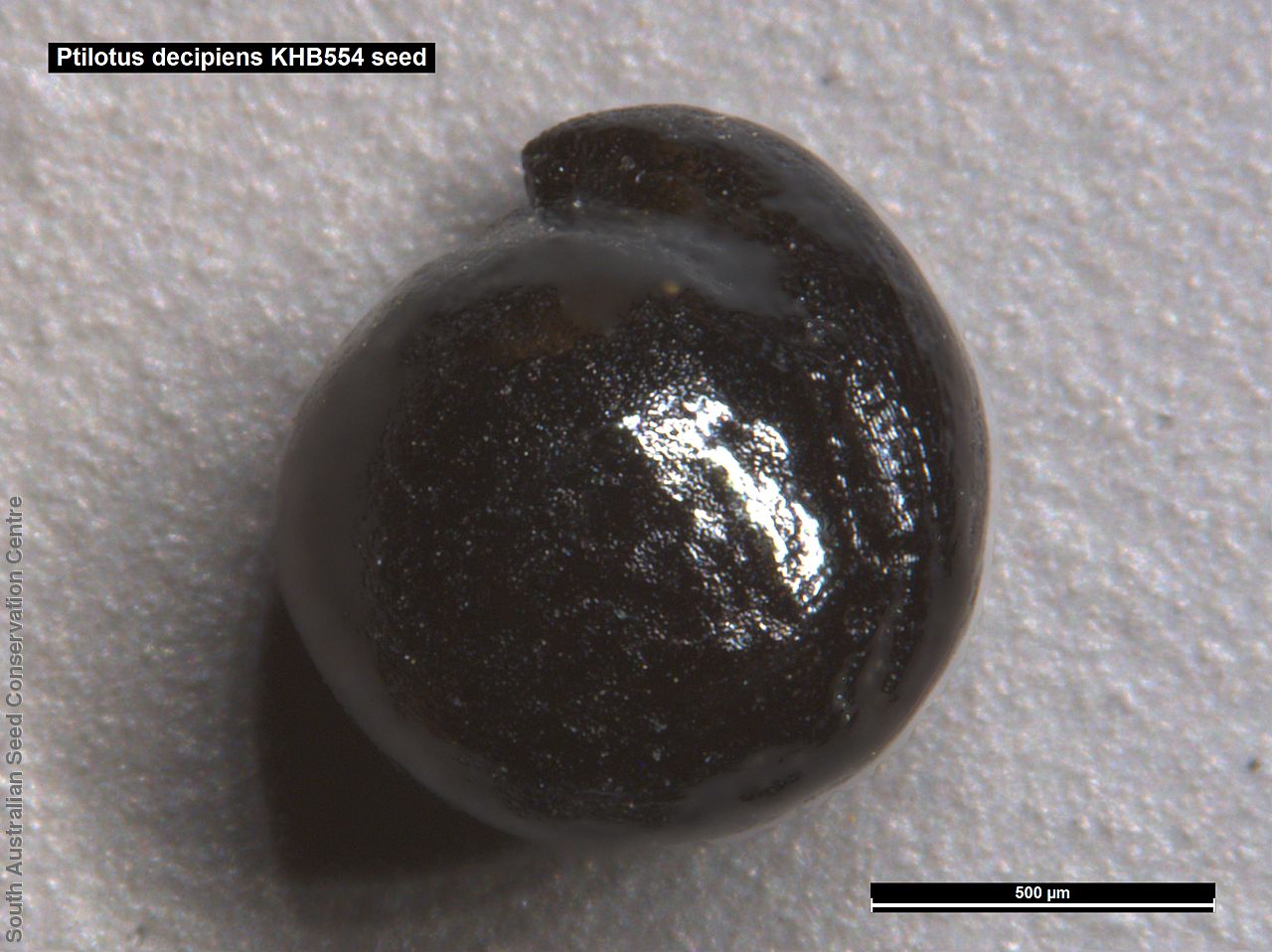
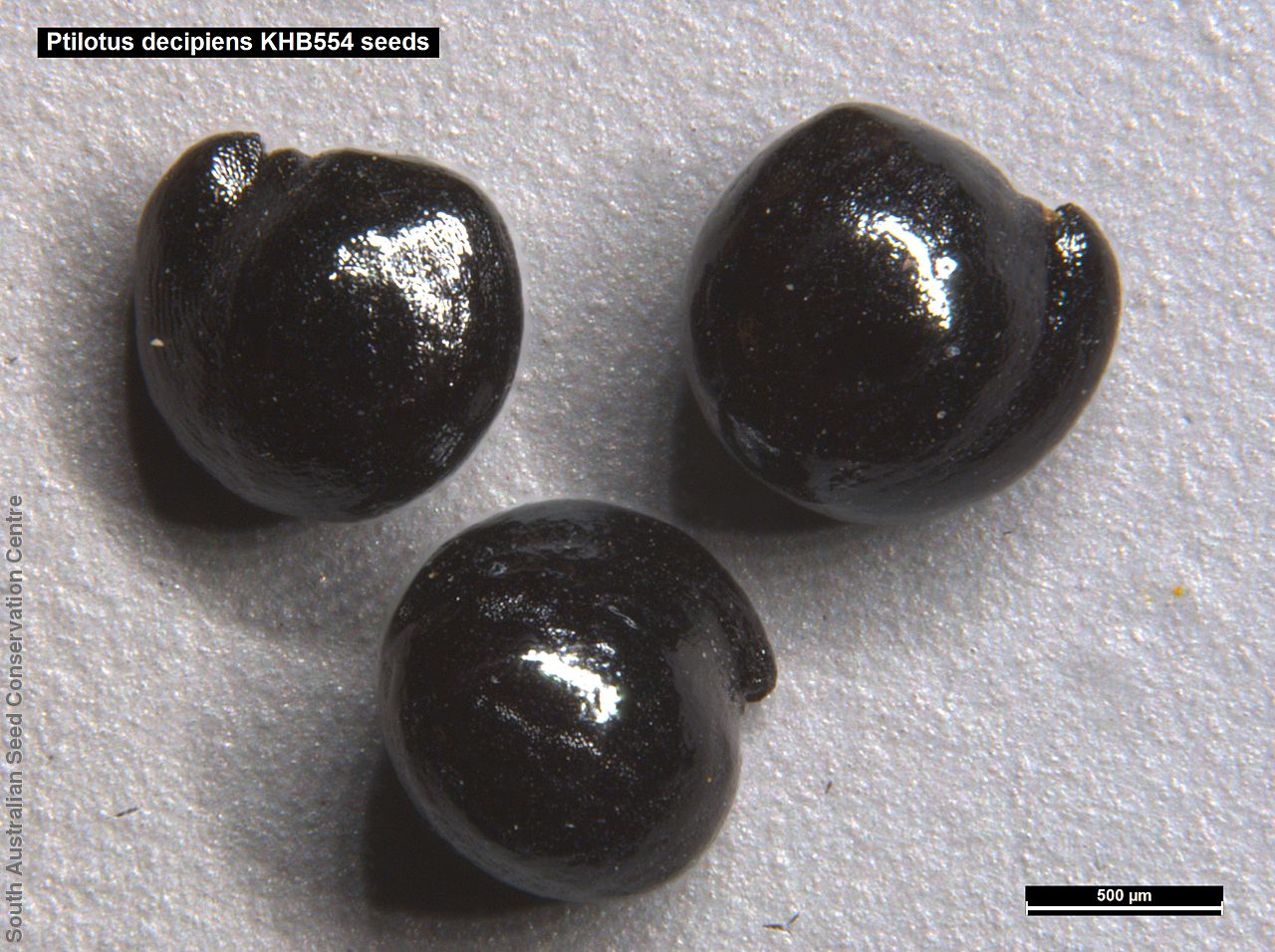
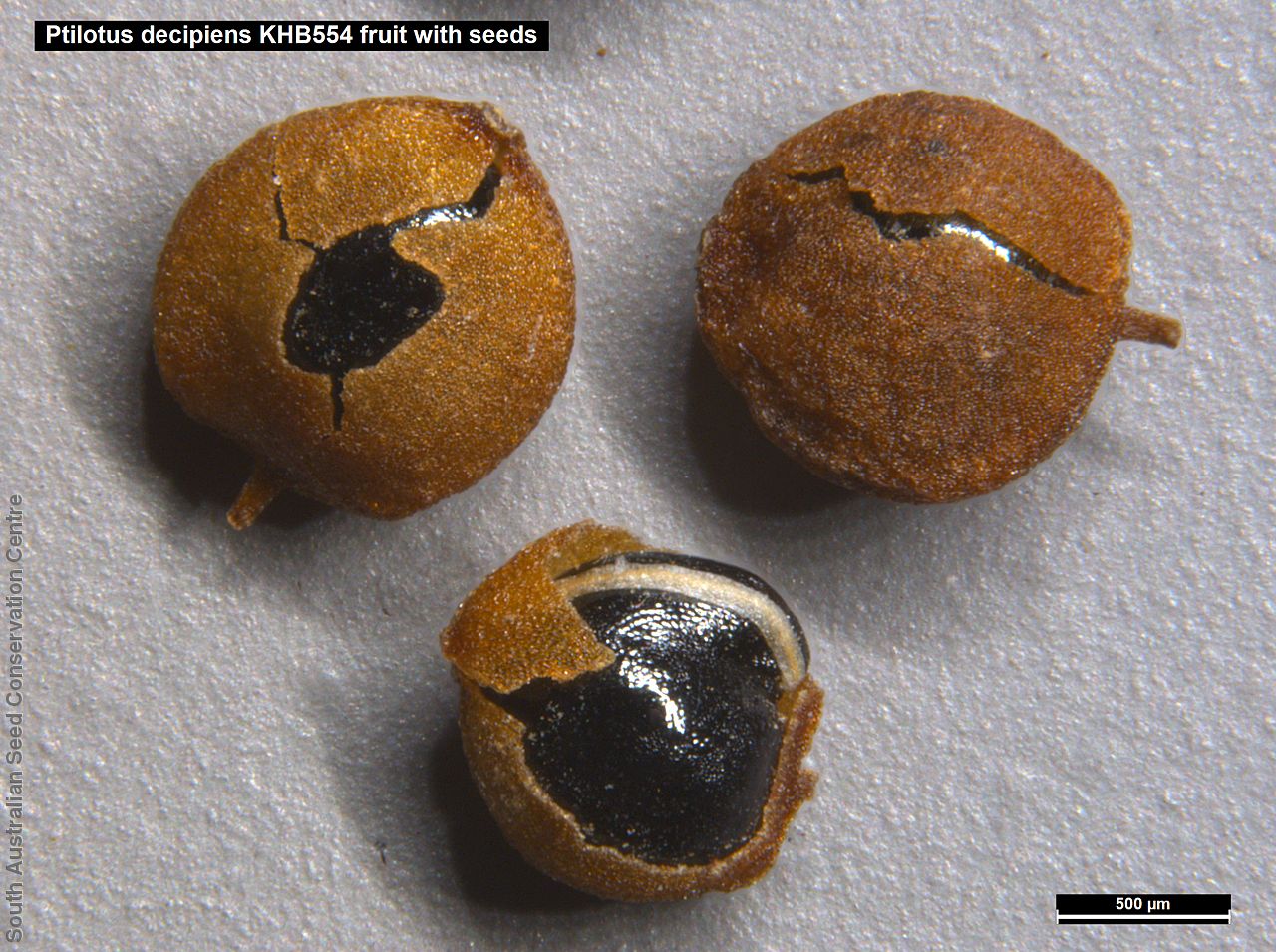
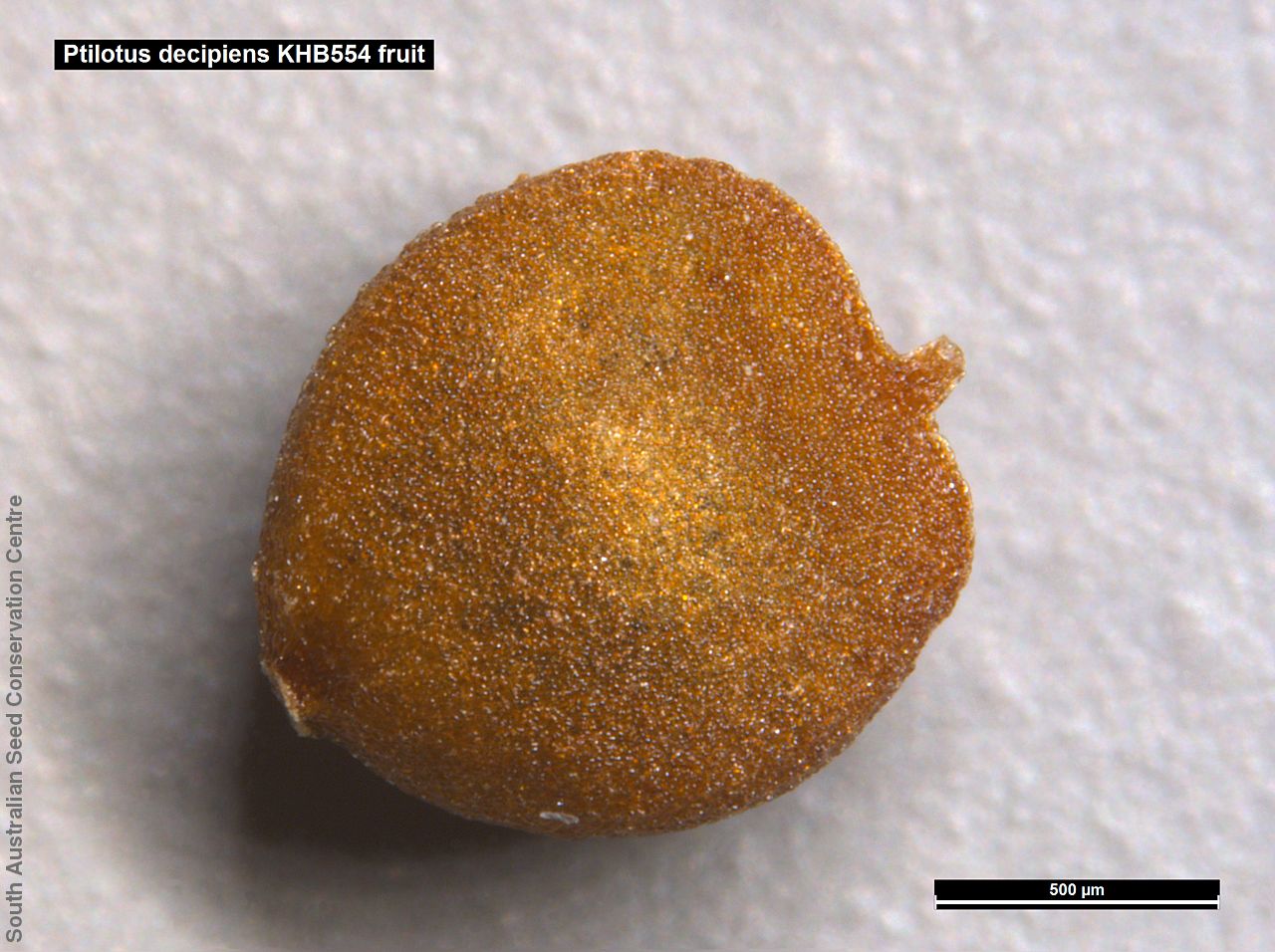
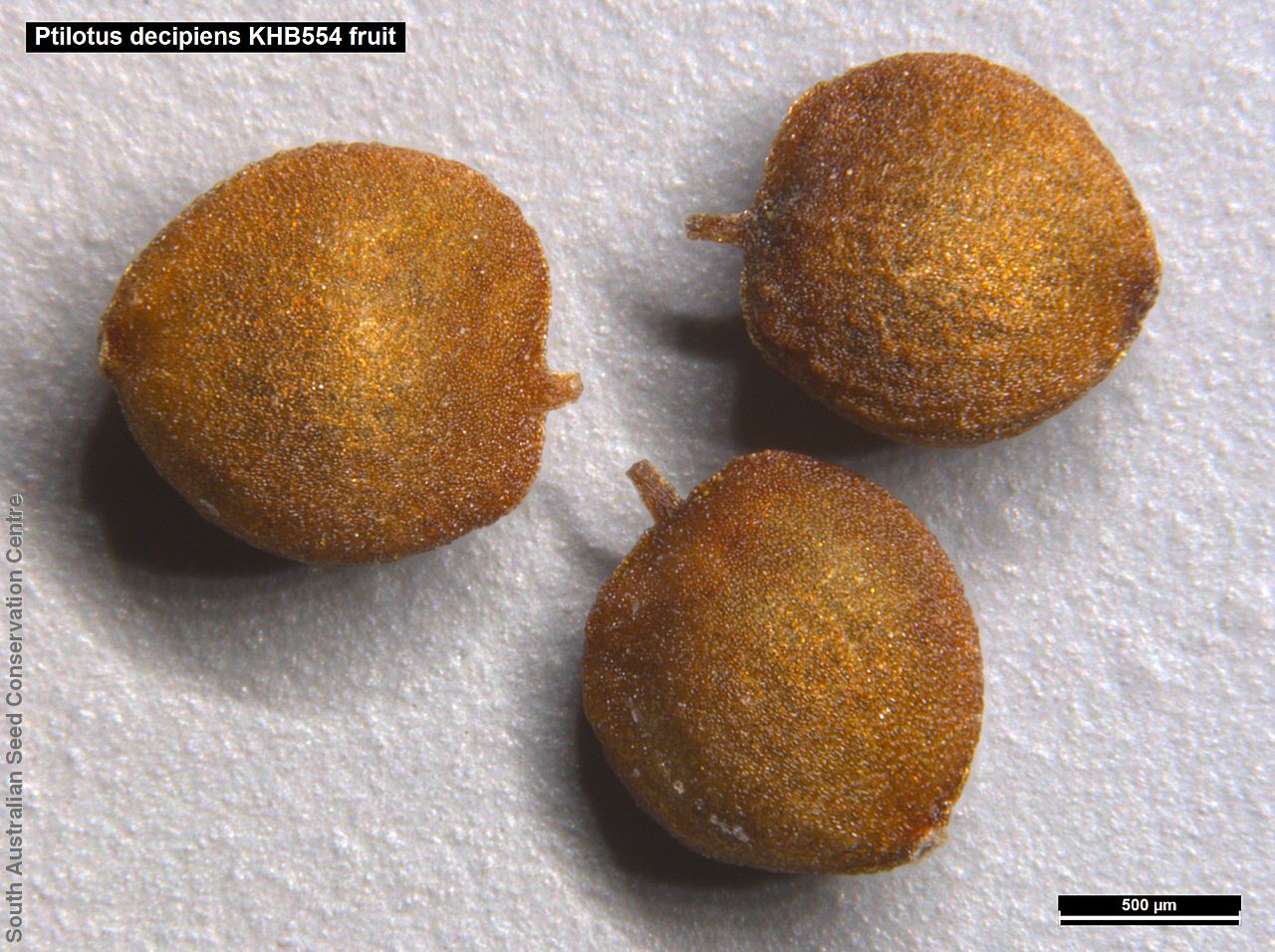
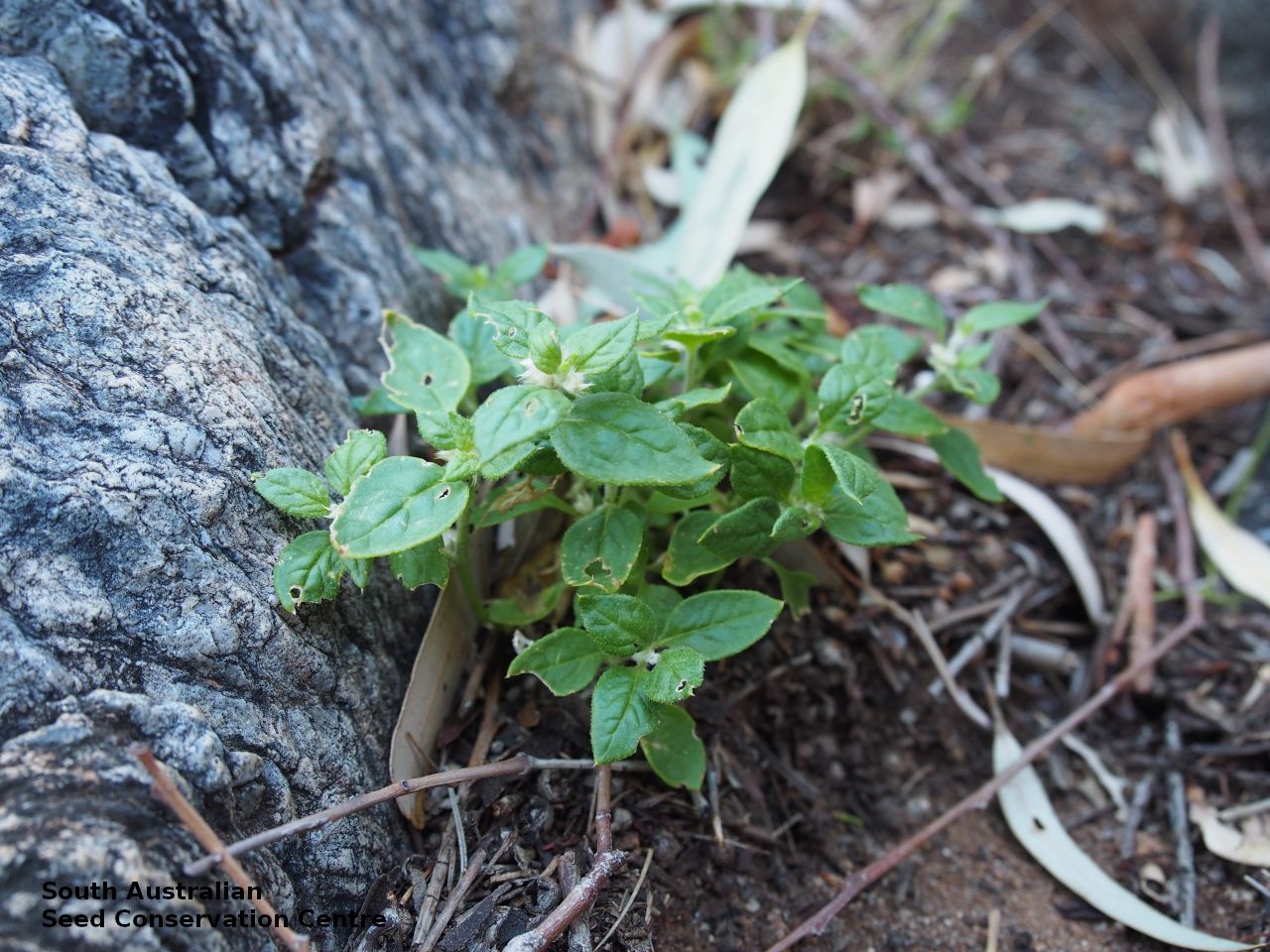

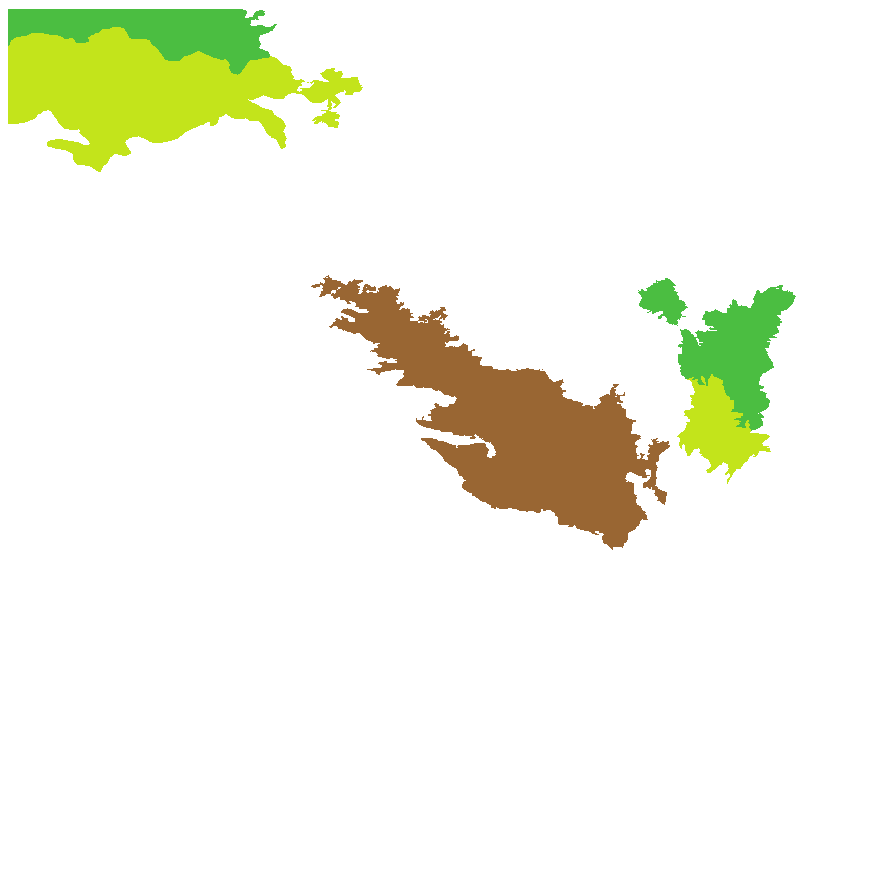
Botanical art
Prior names
Ptilotus hoodii
Alternanthera decipiens
Etymology
Ptilotus from the Greek 'ptilotos' meaning feathered or winged; referring to the hairy flowers. Decipiens means deceptive or false; alluding to the plant not looking like other Ptilotus.
Distribution and status
Found in the central and far north-western parts of South Australia, growing in small patches, on rocky skeletal soils on slopes and crests of quartzite hills or sandstone ridges, with mixed shrubs and herbs. Also found in Western Australia, Northern Territory and Queensland. Native. Common in South Australia. Uncommon in Western Australia and Queensland. Common in the Northern Territory.
Herbarium regions: North Western, Lake Eyre, Gairdner-Torrens, Flinders Ranges, Eastern, Eyre Peninsula
NRM regions: Alinytjara Wilurara, Eyre Peninsula, South Australian Arid Lands
AVH map: SA distribution map (external link)
Plant description
Low herbs, sometimes semi-prostrate, to 30 cm high with stems and leaves hairy, glabrescent with age. Leaves ovate, elliptic or rarely obovate, to 35 mm long and 15 mm wide. Inflorescences numerous axillary, globose or ovoid, to 1.2 cm long, with 30 cream, white or greenish, apices sometimes purple or reddish flowers covered in dense hairs. Flowers all year, but mainly between July and September. Fruits are whitish globular head containing numerous long papery and hairy fruits, each containing one seed. Seeds are shiny black, globular-reniform to 2 mm diameter. Seed embryo type is peripheral.
Seed collection and propagation
Collect seeds between September and December. Be very careful when collecting this species as the fruits contain fine hairs that may cause an allergic reaction for some people. Collect the fruit heads when dried to a pale straw colour. Each fruit should come off the head easily when fingers are rubbed up the stem. Collect more fruits than required as not all fruits will have a viable seed. Be very careful when cleaning this species as the fruits contain fine hairs that may cause an allergic reaction for some people. To clean, rub the fruit heads gently to dislodge the seed at the base of each fruit. Use a sieve to separate the unwanted material. Store the seeds with a desiccant such as dried silica beads or dry rice, in an air tight container in a cool and dry place. Seed viability is usually high but seed availability tend to be low. Seeds are non-dormant, viable seed should germinate readily.
| Location | No. of seeds (weight grams) | Number of plants | Date collected | Collection number Collection location | Date stored | % Viability | Storage temperature |
|---|---|---|---|---|---|---|---|
| BGA | 9,900 (3.92 g) | 100+ | 27-Sep-2014 | DJD3053 Eyre Peninsula | 1-Jan-2016 | 85% | -18°C |
Number of plants: This is the number of plants from which the seeds were collected.
Collection location: The Herbarium of South Australia's region name.
% Viability: Percentage of filled healthy seeds determined by a cut test or x-ray.